AARRR Pirate Metrics: Unleashing the Power of the AARRR Framework for Business Growth

Avast, me hearties! Prepare to embark on a swashbuckling adventure into the world of AARRR Pirate Metrics, the indispensable framework when it comes to growth marketing.
In this article, we’ll be diving deep into each stage of the AARRR framework, revealing the strategies and tactics that will help you conquer the challenges at every turn. From attracting new customers and turning them into active users, to keeping them coming back for more and transforming them into raving advocates, we’ll leave no stone unturned on this quest for success.
So take a deep breath, tighten your grip on the wheel, and prepare to set sail on an epic voyage through the AARRR Pirate Metrics framework. Together, we’ll uncover hidden treasures, chart a course to victory, and emerge as the captains of our own destiny in the vast sea of business opportunities.
Let’s embark on this incredible journey together!
What is AARRR framework
Now, let’s dive into the AARRR framework. It was introduced by David McClure back in 2007. Since then, it has become widely adopted by startups and businesses. It provides a clear roadmap to understand and optimize each stage of the customer journey.
AARRR stands for Acquisition, Activation, Retention, Revenue, and Referral. These five components play a crucial role in understanding and improving the performance of a business. By including all five stages, your growth hacking canvas is half-ready 😉
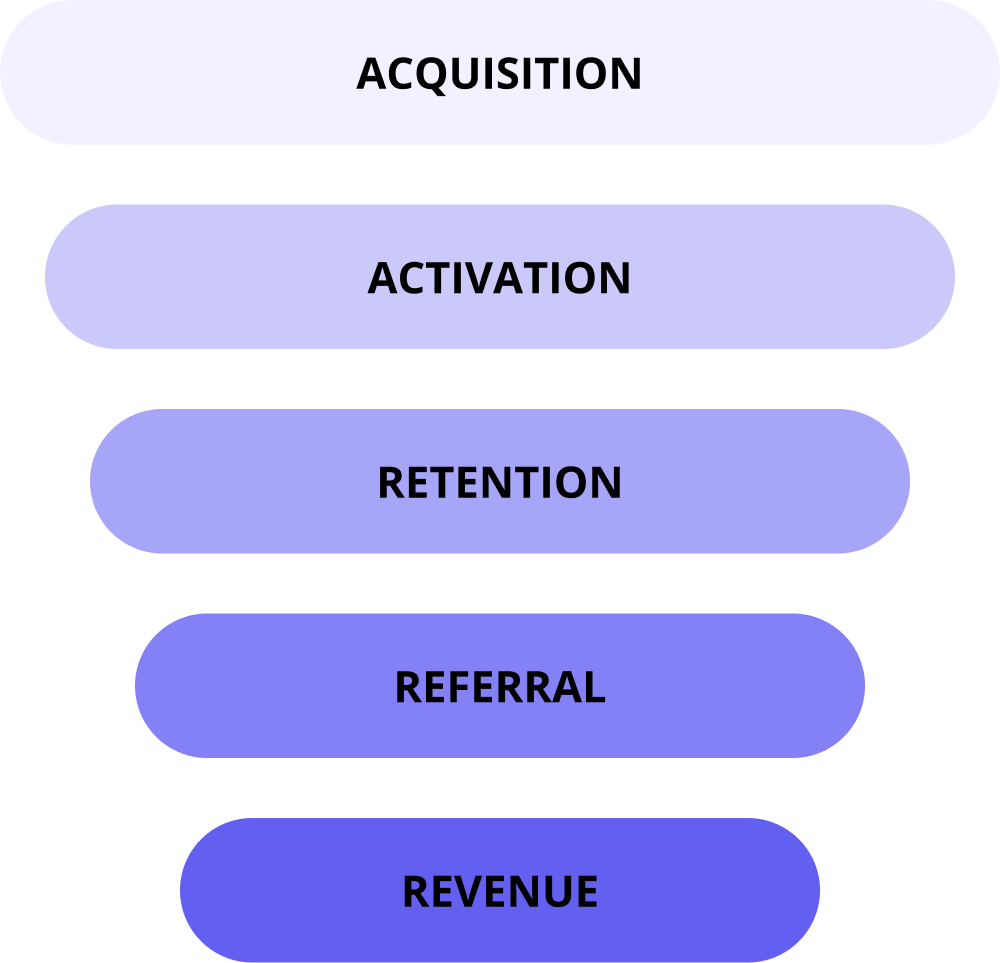
Acquisition focuses on attracting new users or customers by utilizing various marketing strategies. It’s all about getting people to come aboard your ship, so to speak.
Activation comes next, and it’s about turning those new arrivals into active users or customers. This step involves getting them to take certain actions or engage with your product or service.
After activating users, the next goal is to retain them! Retention measures how well you can keep people coming back for more. It’s different from the initial acquisition because it focuses on long-term engagement and loyalty.
Referral is all about leveraging the love and loyalty of your existing customers to spread the word about your product or service. Happy customers tend to refer their friends and family, which can lead to more acquisitions and a growing user base.
Revenue is a pretty self-explanatory one. It’s all about making moolah! This component measures how effectively your business is generating income from your active users.
So, whether you’re a landlubber or an experienced sailor in the business world, the AARRR framework can help you with hacking growth and navigating your way to success.
Read also: Growth marketing vs performance marketing.
Benefits of the AARRR pirate metrics
This dashing model brings a wealth of benefits to help your business reach new heights. So, gather ’round, and let me share the loot!
- Clear Direction: The AARRR framework acts like a reliable compass, guiding you through the treacherous waters of business growth. It outlines the five stages — Acquisition, Activation, Retention, Revenue, and Referral — giving you a clear roadmap to follow. With each stage carefully charted, you’ll know exactly where to focus your efforts. And focus is the main component of successful Product-Led Growth Marketing.
- Customer-Centric Focus: In this vast ocean of competition, understanding your customers is vital. The AARRR model puts your customers at the heart of your strategy. It helps you acquire new customers, activate and retain them, drive revenue, and encourage referrals. By keeping your customers in mind at every stage, you’ll create a crew of loyal fans.
- Actionable Insights: The AARRR metrics provides you with valuable data at each stage. These data act as your trusty treasure map, revealing insights into the effectiveness of your strategies. With this knowledge, you’ll be able to make informed decisions, adjust your course, and maximize your plunder. To bring your ideas to life, you’ll only need the right growth hacking tools.
- Growth Optimization: The AARRR model enables you to identify bottlenecks and opportunities in your business growth journey. By analyzing your metrics, you’ll discover areas where you can optimize and improve. From boosting customer acquisition to increasing revenue streams, the AARRR framework helps you fine-tune your strategies for maximum impact.
- Scalability and Sustainability: As any shrewd pirate knows, it’s not just about quick wins; it’s about building a lasting empire. The AARRR framework provides a foundation for scalable and sustainable growth. By taking a holistic approach, you’ll create a well-rounded business that can weather any storm and continue to thrive.
Now, let’s take a look at each stage of the AARRR funnel in a detail 👀
Acquisition metrics
Welcome to the acquisition phase! This is where the real adventure begins. So, let’s set sail and discover how to attract and capture those treasure-seeking prospects!
Customer acquisition is all about turning curious prospects into loyal customers. It’s like casting a wide net into the vast sea of potential buyers. And to navigate these uncharted waters, savvy businesses focus on specific acquisition metrics. These metrics serve as their trusty compass, pointing them in the right direction.
What can you do to capture more prospects?
Optimize your website! It should be user-friendly: clear CTAs, accessible FAQ sessions that deals with all the common questions, easy way to contact your team. Warm welcome and a smooth transition to conversion should be an essential part of your marketing growth strategy.
Implement chatbot to provide automated engagement in real-time. Chatbots not only offer immediate assistance, but also gather valuable data and encourage potential customers to take targeted action.
It’s like having a round-the-clock assistant that doesn’t need a single cup of coffee!
Here’s an example of the Dashly chatbot 👉
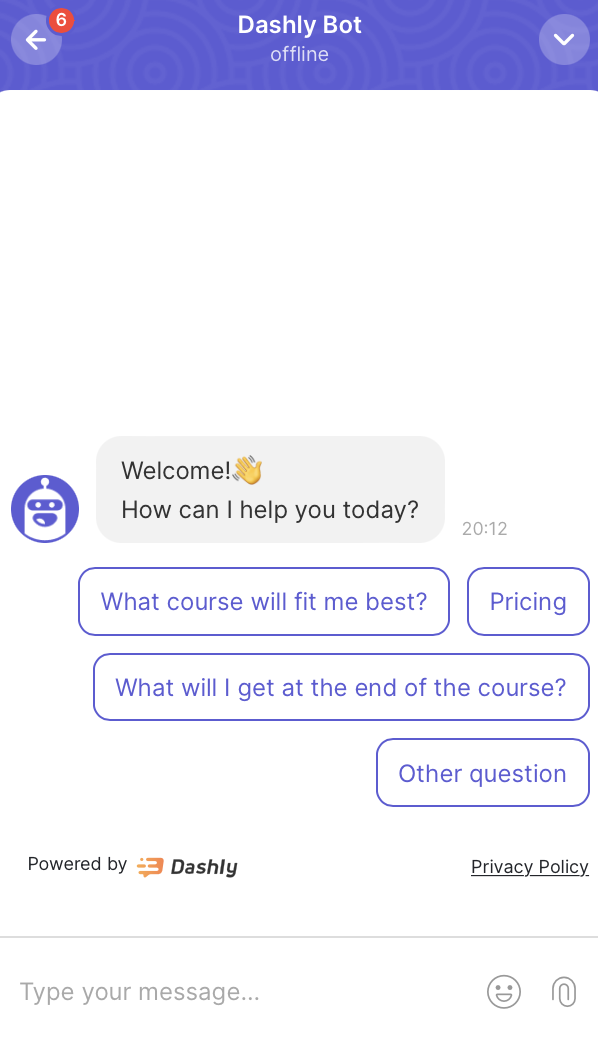
Metrics to pay attention to
One important acquisition metric to keep an eye on is the Conversion Rate. This tells you how effectively you’re guiding prospects towards taking a desired action, like signing up for a newsletter or making a purchase. A higher conversion rate means smoother sailing towards growing your customer base.
Landing Page Conversion Rate is another crucial growth marketing metric. Your landing page is the first stop on this exciting journey, so it needs to be captivating and persuasive. A high conversion rate here signifies that you’ve created an irresistible outpost for your prospects.
To increase conversion rates on landing pages, an online academy launched Dashly’s chatbot on their course pages. It:
- Engaged visitors in the conversation;
- Qualified them;
- Collect their contacts in exchange for the career guide;
- Gave pricing details so the support team didn’t have to.

As a result, the chatbot brought the academy +$145k of revenue.
Another metric that should steer your ship is the Cost Per Acquisition (CPA). This metric reveals the amount of gold doubloons you need to invest in order to acquire a new customer. By keeping this metric low, your growth marketing team can maximize returns and keep your treasure chests overflowing.
Finally, the Click-Through Rate (CTR) acts as your trusty lookout, spotting opportunities to engage potential customers. A higher CTR means that your messaging and offers are resonating with your audience, drawing them in for a closer look.
If you need more ideas on increasing your conversion rates, check out our growth marketing playbook. It has over 40 triggered campaigns for your website tested by Dashly and our customers.
Now that you know the main acquisition metrics to focus on, it’s time to start attracting those prospects. Use captivating content, irresistible offers, and targeted advertising to light the way.
Activation metrics
We’ve reached the activation stage of the AARRR Pirate Metrics. Let me guide you through the exciting journey of user activation!
Activation is all about turning those curious visitors into active users. It’s like unlocking the potential of a hidden treasure chest. And what’s the key to unlocking it, you ask? It’s the AHA moment, that glorious moment when users realize the true value of your product or service.
To ensure a smooth activation process, businesses use a number of SaaS growth hacks. One vital activity is providing a seamless onboarding experience. This involves guiding users through the initial steps of using your product or service, making it as intuitive and user-friendly as possible. Smooth sailing from the get-go ensures a higher likelihood of activation.
One of Dashly’s customer is a CPA network with a very tricky learning curve. Because of this, very few users actually got to the targeted action.
To help newcomers, the company launch an onboarding chatbot:
- Asked users about their experience;
- Provided tutorials, case studies, and practical tips on utilizing the service;
- Highlighted the advantages of the platform.
As a result, the chatbot helped speed up user activation by 2.5 times and increase conversion to the targeted action by 33%.
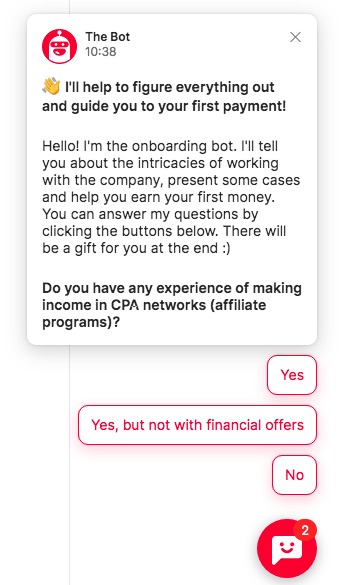
Another important activity is delivering exceptional value early on. Showcasing the benefits and unique features of your offering right off the bat helps users see the immediate value it brings to their lives. The sooner they experience that ‘wow’ moment, the faster they move toward full activation.
Read also: 25 Growth Marketing Books to Skyrocket Success
Now, let’s talk about the metrics that will help you navigate the activation funnel 👇
Metrics to pay attention to
The Activation Rate is a metric to keep a close eye on. It measures the percentage of users who successfully complete the desired actions to become fully activated. Keep experimenting for higher activation rates. Every successful growth hypothesis will make your crew of engaged users stronger.
Next up, the Time to Activation is a metric that signifies how long it takes for users to reach that AHA moment. The faster you can guide them to this realization, the higher the chances of them becoming loyal users. Aim for a short and sweet journey to activation.
Retention Rate is another important metric to track during the activation phase. It measures how many users stick around after the initial activation. A high retention rate suggests that your activation efforts are hitting the bullseye, keeping users onboard for the long haul.
So remember to focus on providing a seamless onboarding experience, delivering exceptional value early on, and tracking those activation metrics to keep your crew sailing smoothly toward full activation. May the AHA moment be a guiding light on your journey to success!
Do you need help with generating growth ideas for your business? We will help! 👇
Retention metrics
Picture this: you’ve successfully acquired and activated a crew of loyal customers. Now, it’s time to hoist the anchor and focus on retaining these valuable treasure-seekers. Let’s dive into the deep waters of customer retention!
Customer retention is all about keeping your customers engaged, satisfied, and coming back for more. It’s crucial for B2B growth marketing.
So what can you do to raise retention?
First and foremost, providing top-notch customer support is crucial. Respond promptly to their queries, concerns, and feedback. A happy customer is a loyal customer, ready to join you on your never-ending adventure.
LeadGen App, Dashly’s SaaS customer, launched an FAQ chatbot on their help center page to facilitate the self-service process for visitors.
Here’s what it looked like 👉
With the chatbot, LeadGen App managed to double user engagement on the website and alleviate the workload of customer service.
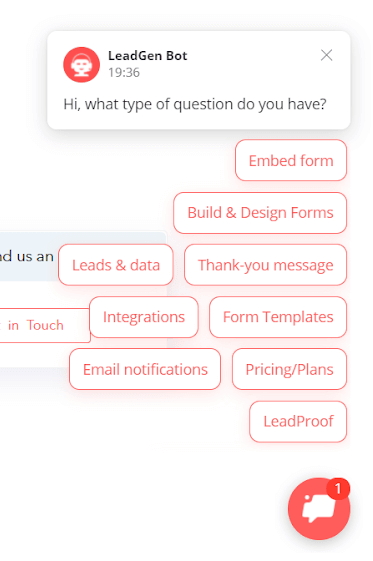
Personalization is another essential activity for retaining customers and one of the best growth marketing tips. Tailor your communications to make each customer feel like the captain of their own ship. By delivering personalized offers, recommendations, and experiences, you’ll forge a stronger bond. To know exactly what milestone to celebrate or offer to send, use visitor behavior tracking that records activity on your website.
Then, you can set up triggered messages for specific events and milestones. Here’s an example 👇
It’s a welcome email from Freedom24, our FinTech customer. In this email, the company:
- Greets a newcomer;
- Reminds to activate their account;
- Tells them about major benefits of the platform.
It’s a great growth hacking example of personalization.
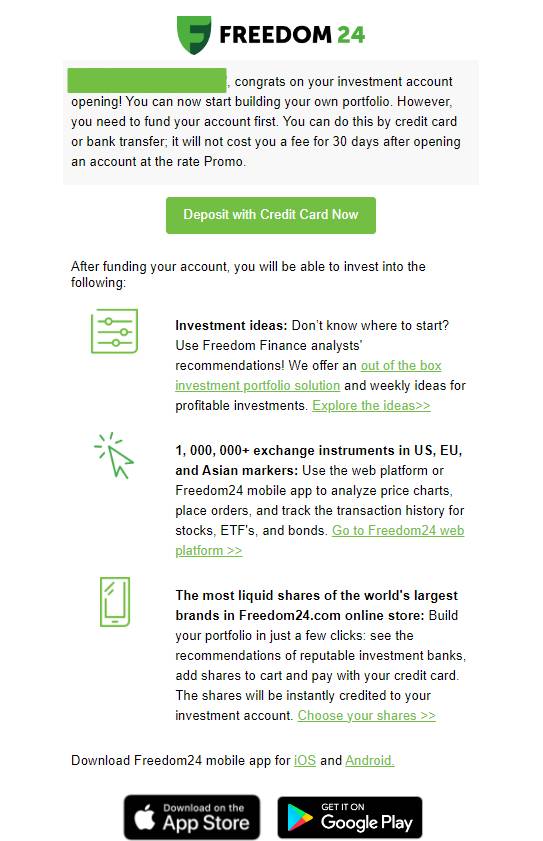
💡 Know your audience. If the major part of it are mobile users, you can replace emails with in-app push notifications. This way, your messages won’t go unnoticed.
Delivering consistent value is also vital. Continuously improve your product or service, adding new features or enhancing existing ones. This ensures that your customers always have a reason to stay aboard.
Now, let’s explore the retention metrics that will help you navigate these challenging waters 🌊
18 business growth experts you should follow this year

What are Growth Loops? How It Can Scale Your Company
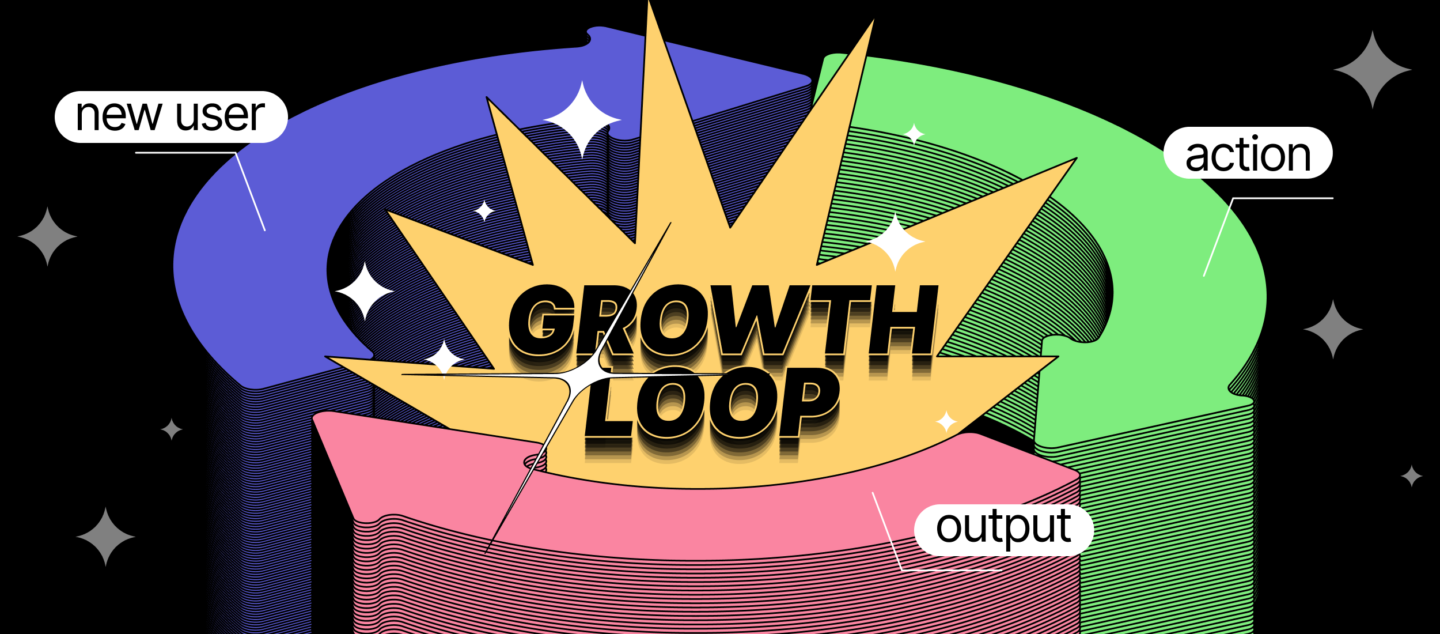
Product Led Growth Marketing: hack your product growth

Metrics to pay attention to
First on the list is the Churn Rate. It measures the percentage of customers who jump ship and leave your business during a given period. Keeping this rate as low as possible should be your ultimate goal.
The Repeat Purchase Rate is another important metric to consider. It reveals the percentage of customers who make repeated purchases. A high repeat purchase rate indicates satisfied customers who keep returning to your treasure trove.
Customer Lifetime Value is a metric that calculates the total value a customer brings to your business over their entire journey with you. The higher the customer lifetime value, the more valuable they are to your crew.
Lastly, Net Promoter Score (NPS) is a metric that gauges customer satisfaction and loyalty. It measures how likely your customers are to recommend your business to others. A high NPS means smooth sailing ahead!
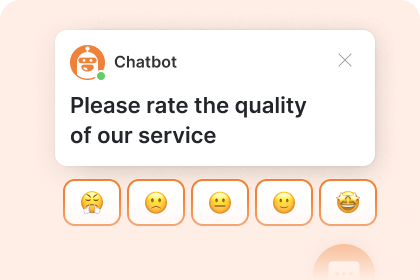
By focusing on exceptional customer support, personalization, and consistent value, while keeping a close eye on retention metrics, you can maintain a loyal crew of treasure-seekers who will stand by your side through every adventure.
Referral metrics
The referral stage is all about harnessing the power of word-of-mouth to attract more potential customers and grow your business.
The main activities in this stage revolve around encouraging your existing customers to become brand advocates and invite their friends, colleagues, and family members to try your product or service. Think of it as creating a ripple effect that expands your customer base.
So, how can you encourage your customers to become enthusiastic referrers? Well, one effective way is to offer incentives. Whether it’s a discount, a freebie, or exclusive access to special features, giving your customers a little something extra can motivate them to spread the word.
Another crucial activity is making it super easy for your customers to refer others. Implementing a referral program with personalized referral links or providing them with ready-made templates to share on social media can simplify the process and increase engagement.
Now, let’s talk about the referral metrics that businesses should keep an eye on 👀
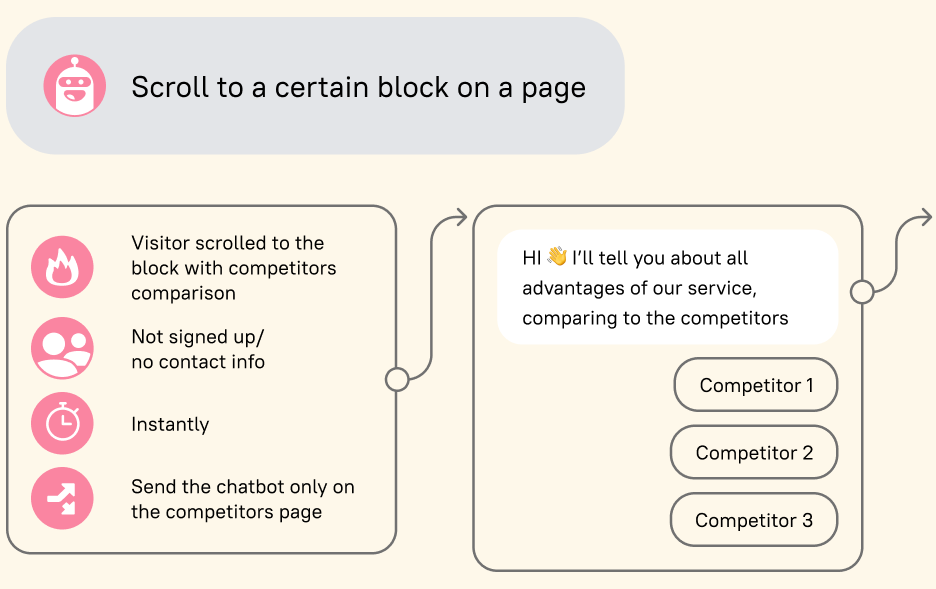
Get your free example of growth marketing playbook with 40+ templates for successful experiments
Metrics to pay attention to
These metrics can help you track the success of your referral efforts and fine-tune your strategies. Here are a few key referral metrics to focus on:
Referral Conversion Rate tells you the percentage of your customers who successfully refer new users. It gives you insights into the effectiveness of your referral program.
Keep an eye on how much revenue is generated from referred customers. The Referral Revenue will help you gauge the value of your referral program in terms of actual sales.
Referral Source: Identify which channels are driving the most referrals. Are most of your referrals coming from social media, email, or direct word-of-mouth? This information can help you optimize your marketing efforts.
Track how engaged your referred customers are compared to non-referred customers with the Referral Engagement. Are they more likely to stay and become loyal customers? This metric can help you understand the impact of referrals on customer retention.
By focusing on these referral metrics and implementing effective referral strategies, you can turn your happy customers into valuable brand ambassadors and watch your business soar to new heights. Happy referring!
Read also: Your Growth Marketing Strategy Template with guide and examples
Revenue metrics
Ah, the revenue stage, where the real treasure lies — it’s time to turn all your hard work into cold, hard cash! This stage is all about maximizing your revenue and finding ways to generate those sweet, sweet profits.
The main activities in this stage are focused on gaining revenue, and it all starts with understanding and optimizing your business model. This is where you determine how you make money, whether it’s through product sales, subscription fees, advertising, or any other clever monetization strategy.
To gain revenue, you’ll need to focus on activities such as:
1. Pricing Strategy: Setting the right price for your product or service is crucial. It should reflect the value you offer while considering market conditions and customer expectations. Experimenting with different pricing models, like tiered pricing or upselling, can also optimize your revenue.
In Dashly, the pricing system is flexible and customizable. Your plan will depend on the business goals and growth marketing services you need in your work.
2. Increasing Customer Lifetime Value (CLV): This is the total value a customer brings to your business over their entire relationship with you. By maximizing CLV through tactics like cross-selling, upselling, and providing exceptional customer service, you can boost your revenue and build long-term customer relationships.
3. Optimizing Conversion Rates: Improving your conversion rates means turning more potential customers into paying ones. By optimizing your website or sales process, A/B testing different marketing campaigns, and focusing on customer experience, you can increase your revenue-generating opportunities. Try various B2B growth hacking strategies!
Read also: RevOps vs Sales Ops.
Metrics to pay attention to
1. Average Revenue Per User (ARPU): This metric tells you how much revenue each customer generates, on average. Tracking ARPU helps you gauge the effectiveness of your pricing strategy and identify potential upselling or cross-selling opportunities.
2. Customer Churn Rate: Churn rate represents the percentage of customers who stop using your product or service over a specific period. A high churn rate can harm your revenue, so it’s essential to understand why customers are leaving and take actions to reduce churn.
3. Customer Acquisition Cost (CAC): CAC measures how much it costs to acquire each new customer. By closely monitoring your CAC and comparing it to the revenue those customers bring in, you can determine the profitability of your acquisition efforts.
4. Gross Profit Margin: This metric represents the percentage of revenue that remains after deducting the cost of goods sold. Keeping a healthy profit margin ensures that your revenue is generating actual profits for your business.
By focusing on these revenue metrics and implementing smart strategies to optimize your business model, you’ll be well on your way to maximizing your revenue and filling your treasure chest with golden profits. Set sail for success and enjoy the sweet taste of a thriving business!
Read also:
- Deep dive into growth marketing analytics with Dashly experts
- 22 SaaS growth hack Facebook tactics to boost your business
- Skyrocket your company revenue with a complete guide to RevOps Revenue Operations
- RevOps tech stack: Guide to the best tools
- Revenue operations metrics: 10 metrics and KPIs to track your performance
- B2B growth marketing: Accelerating business success
- Demand Generation vs Growth Marketing: Where to focus?
- Product led growth metrics: 13 key indicators for SaaS companies to track
- PLG tools: Ultimate guide to the best instruments
- Benefits of Product led growth: 12 PLG benefits for your business
- Top 10 product led growth software your competitors use in 2023
- 10 product led growth companies that boost their development right now
- Sales led growth: What is it and why your business needs it
Summing up
In conclusion, the AARRR pirate metrics, also known as the AARRR funnel, offer a comprehensive framework for businesses to navigate their growth journey. Working at each stage — Acquisition, Activation, Retention, Referral, and Revenue — separately is crucial for achieving optimal results.
By focusing on acquiring and capturing prospects, businesses set the stage for growth. Once acquired, activating users and turning them into engaged customers becomes the next priority. Retaining these customers by delivering value and providing top-notch support ensures long-term success. Encouraging customers to refer others and implementing referral programs helps expand the customer base. Finally, optimizing revenue generation through strategies and tactics secures financial success.
Investing effort in each AARRR stage allows businesses to harness the full potential of their growth. It’s essential to understand the unique activities and metrics associated with each stage to drive meaningful results. With the AARRR pirate metrics as your compass, embark on a journey towards success and unlock the treasures of business growth.
Test growth hypotheses quickly and without developers with Dashly

FAQ
What are pirate metrics?
The pirate metrics, also known as the AARRR framework, are a set of five key stages in a customer’s journey that help businesses measure and optimize their growth strategies: Acquisition, Activation, Retention, Referral, and Revenue.
Why do businesses need the AARRR funnel?
These metrics provide businesses with a structured approach to analyze the performance of each stage and focus their efforts on improving customer acquisition, activation, retention, referral generation, and revenue generation.
By understanding and optimizing these metrics, businesses can achieve sustainable growth and maximize their success.
Useful materials for mastering the AAARRR funnel
If you want to master your strategy with the AARRR framework, check out these posts:
- Marketing growth strategy: ultimate guide with tips and best practices;
- Growth hacking canvas: 9 steps to create your own [free template];
- 50 growth hacking tools: free guide to create your own growth tech stack;
- Best growth practices: 100 hack ideas tested by the Dashly experts;
- Growth strategy template: tailor up campaigns for each stage of the funnel;
- Growth marketing newsletter: 18 expert sources of regular insights for your strategy;
- Growth marketing case studies: 12 stories with detailed tactics and numbers achieved;
- RevOps best practices: 13 tactics to implement this year;
- The best way to collect emails: 5 top-notch methods unveiled;
- Growth marketing framework: Battle-tested insights from Dashly experts
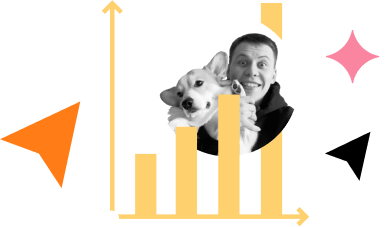


![25 growth hacking books [recommended by Dashly growth hackers]](https://www.dashly.io/blog/wp-content/uploads/2023/05/Growth-Hacking-Books-720x317.png)

